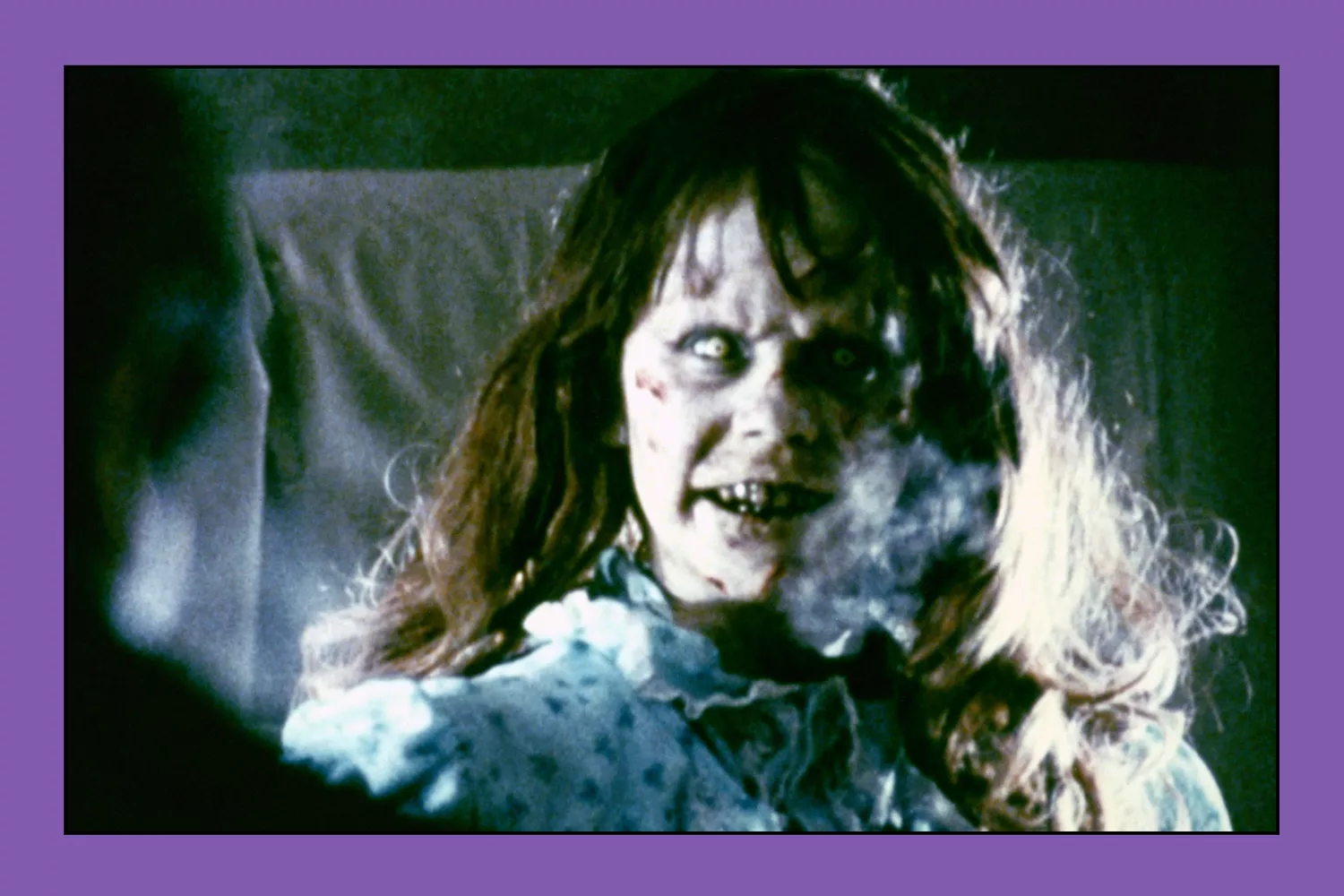Is The Exorcist Based on a True Story? The Story Behind “Roland Doe” and the Film’s Cursed Legacy
Discover the real events that inspired The Exorcist and the eerie happenings surrounding its production.
Warning: Spoilers for The Exorcist ahead.
While William Peter Blatty’s The Exorcist—both the 1971 novel and the 1973 Academy Award-winning film—may feel all too real, the characters like Regan MacNeil (played by Linda Blair) and her mother Chris (Ellen Burstyn) are entirely fictional. No one has been fatally hurled from a window during an exorcism in Washington, D.C. However, the core premise—a young child possessed by an evil force, with two priests called upon to drive it out—was loosely based on real-life events from 1949.
Yet, the film’s biggest impact came after its release, sparking a renewed interest in the once-forgotten ritual of exorcism. This is a prime example of how reality can shape film and how film can in turn influence reality, with lasting consequences.
Besides its inspiration, The Exorcist also gained a reputation as a “cursed film” due to numerous deaths and strange occurrences connected to its production. Below, we delve into the real events that inspired The Exorcist and the unnerving stories that followed its release.
Is The Exorcist Based on a True Story? The Story Behind “Roland Doe” and the Film’s Cursed Legacy
The True Story Behind The Exorcist
Blatty first learned about the case of “Roland Doe” while attending Georgetown University. A professor told him about a 13-year-old boy from Maryland who had undergone 20 to 30 exorcisms over a two-month period, mostly in Missouri. In May 1949, one of the Jesuit priests involved in the rites declared the exorcism a success, and the boy went on to live a normal life. His identity, Ronald Edwin Hunkeler, remained hidden until after his death at age 85 in 2020. He later worked as an engineer at NASA.
Blatty was so struck by this story that, in the late 1960s, he set aside his comedy-writing career to draft a nonfiction book about it. However, most people connected to the case refused to speak to him, leading him to fictionalize many details, including changing the boy to a girl. This adaptation became The Exorcist, published in 1971. Director William Friedkin later joined the project and worked closely with Blatty, gaining access to the diaries of a priest who had assisted in the exorcism, as well as other firsthand accounts.
When the movie became a blockbuster hit, Blatty claimed in interviews that much of what was depicted—aside from the famous head-turning scene—actually occurred. Some real-life parallels were striking: like in the film, words appeared scratched on Roland’s skin, and witnesses reported furniture moving by itself. The boy was also reportedly thrown around by invisible forces and screamed, cursed, and spoke Latin during the exorcisms, as documented by The Washington Post in 1949.

The Cultural Impact of The Exorcist
When The Exorcist debuted in 1973, exorcism in the Catholic Church was a rarely discussed, almost forgotten practice. However, the film’s success not only sparked other demonic possession films, such as The Omen (1976), but also reignited public fascination with the devil and the supernatural. Some theatergoers fainted, vomited, or fled from screenings in fear, and the film was even blamed for causing miscarriages and nervous breakdowns.
This surge in public interest fueled a growing demand for exorcisms, and priests began performing them without the Church’s approval. The Catholic Church, in response, updated its guidelines for exorcisms in 1999, outlining symptoms like extraordinary strength and the ability to speak unknown languages—similar to what’s seen in the film. It also emphasized the importance of ruling out physical or mental illnesses before declaring demonic possession.
Exorcisms have continued to rise in popularity, even spreading to evangelical communities that do not follow the Catholic Church’s strict regulations. This has led to tragic incidents, such as the 2022 death of a 3-year-old girl in a San Jose church during an attempted exorcism.
Friedkin remained intrigued by exorcism throughout his career. In 2017, he directed The Devil and Father Amorth, a documentary that claimed to show the first authentic Vatican-approved exorcism ever filmed.
The Curse of The Exorcist
The Exorcist is notorious for being a “cursed” film, a reputation explored in the first episode of Shudder’s docuseries Cursed Films. The strange occurrences began on set, with both Linda Blair and Ellen Burstyn suffering serious back injuries from malfunctioning harnesses. In a chilling incident, a fire destroyed much of the set—except for Regan’s bedroom, the epicenter of the demonic activity in the film. The cause of the fire remains unexplained.
Tragically, two actors, Jack MacGowran (who played Burke Jennings) and Vasiliki Maliaros (who portrayed Father Karras’ mother), died during production. Other accidents followed, including two crew members losing body parts in on-set incidents. To calm the increasingly anxious crew, Friedkin invited a priest to bless the set. He later spoke of the film’s “curse” during the promotional tour, contributing to the legend surrounding The Exorcist.
Is The Exorcist Based on a True Story? The Story Behind “Roland Doe” and the Film’s Cursed Legacy
Perhaps the most unsettling real-life event linked to the film involves Paul Bateson, a radiologist who had a small role in the film’s unsettling angiography scene. In 1977, Bateson was arrested for the murder of journalist Addison Verrill. Authorities also suspected him in a series of murders of gay men known as the “bag murders,” though he was never formally charged for those crimes. Bateson’s confession inspired Friedkin’s 1980 film Cruising, starring Al Pacino. After serving time for Verrill’s murder, Bateson was paroled in 2003, and his current whereabouts are unknown.
The Exorcist remains a cultural phenomenon, blurring the lines between fiction and reality in ways few films have ever done, and its legacy continues to inspire fascination—and fear—decades after its release.
Latest new from Owl Fashion Shop
